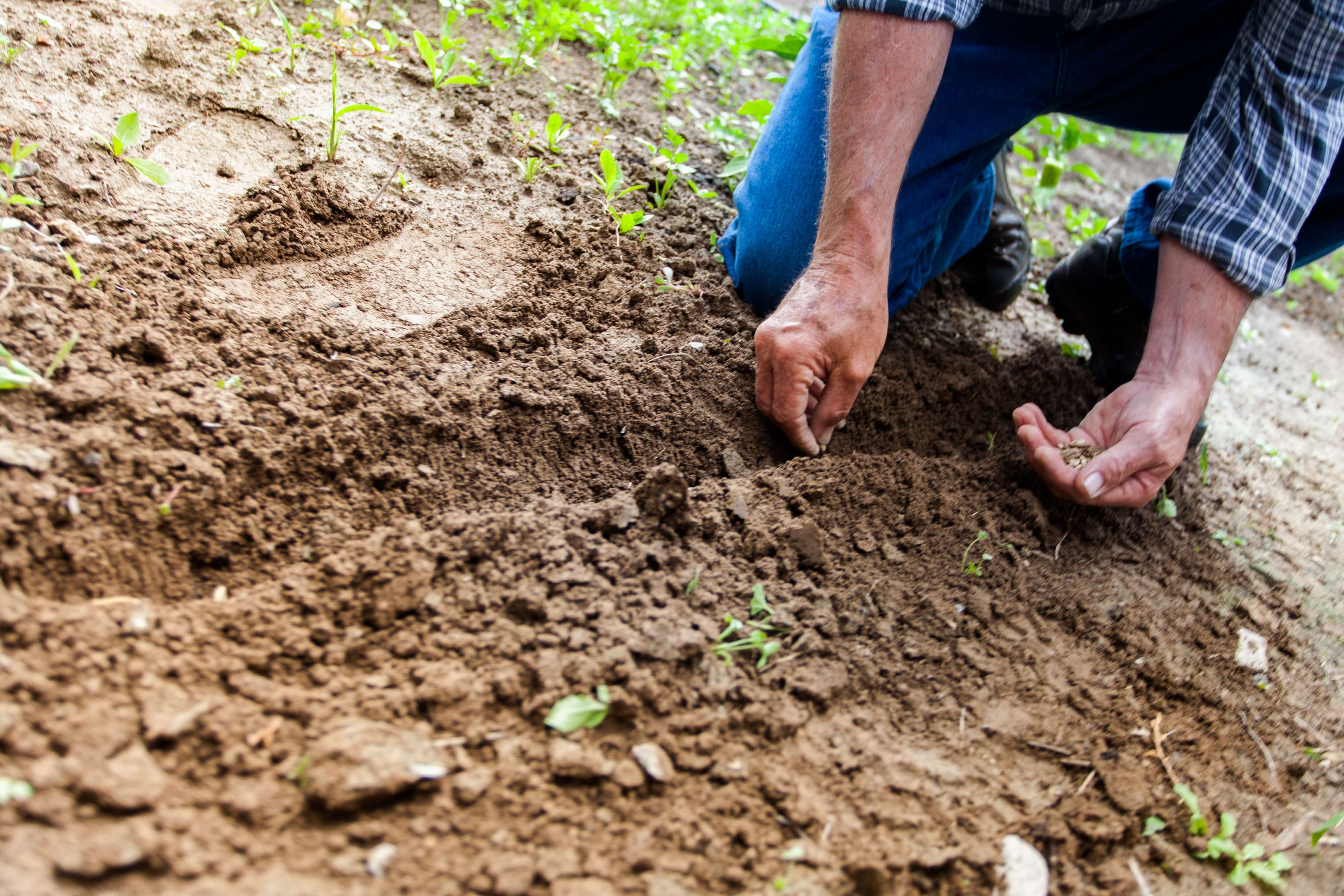Top-quality metal prints are made using a sublimation process that creates sleek, vibrant, and long-lasting pieces. A boutique shop like Print Partner, that services professional photographers and artists, infuses dyes directly into a specially-coated, precision-cut aluminum panel. The image is therefore durable, scratch-resistant, water-resistant, resists fading for many years and is easy to take care of.
If you want to know how to create aluminum photo prints using easy online tools and selections, Print Partner is happy to answer any questions about the process.
The image has great resolution and precise detail, with a luminous, high-definition look. The colors are accurate and true to the original photo. Metal prints have a wide, brilliant color range that stays put. The panel is borderless and frameless providing a clean and modern look that is sure to impress in the home or in commercial settings. You can also choose a gloss white or matte white finish. Matte white reduces reflective qualities, while gloss white enhances them and enriches contrasts.
These prints can be made to be several feet wide and larger images can be printed onto multiple sheets to create an attractive photo set.
Virtually any image looks great as a metal print. The HD aluminum panel improves all elements of the image: its durability, color appearance, fade-resistance, etc., for any style of image, whether it be full color, black & white, or monochrome. A panoramic landscape and close-up photography both look optimal when printed onto metal. However, because of a metal print’s presentation qualities – borderless, sleek, and modern, and with glossy and reflective options – there are some styles of images that really shine when printed onto this medium.
Metal’s specialty is vibrant colors and contrast. So, photos that feature interesting interplay between light and shadow are excellent. Think about when you have taken a photo on your phone or have accessed the editing tools on your computer. Turning up the contrast bar makes images bolder and creates a more dramatic difference between the light and dark. Metal prints do this in a much subtler way that stays true to the accuracy of the image (unlike cranking up your phone’s contrast to the extreme). It’s even more pleasing to the eye than the original photo.
What subject matter and types of images look particularly good printed onto metal?
- Landscapes: a classic choice, especially ones with a broad range of nature’s stunning colors, sunlight, and shadows
- Sunsets & Sunrises: one of the most popular choices for photo prints in general, the gorgeous spectrum of colors of a unique sunset or sunrise are prime for metal
- Seasonal features: particularly fall for fantastic leaf colors and those beautiful autumn palates everyone loves
- Water: the reflective qualities of water look brilliant and striking on a high dimension metal print
- Black & White or Monochrome: though true and rich color ranges are great for metal, blacks look deeper, and, while contrasting with white, creates a spectacular effect
- Macro & close-up: the detail contained in these unique shots make for curiously attractive prints
The professionals working at a boutique print shop can help you alter your image to meet the best specifications for your metal print. Look for teams comprised of professional photographers and artists to make the most of your metal masterpiece.






















